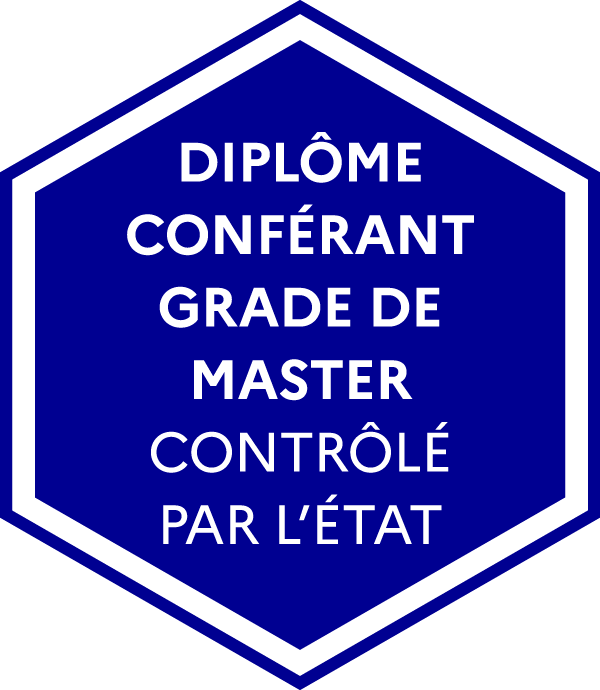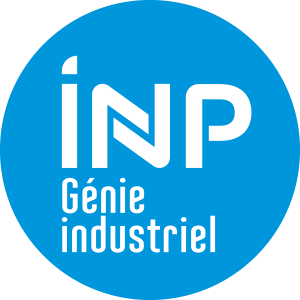Number of hours
- Lectures 15.0
- Projects -
- Tutorials 10.5
- Internship -
- Laboratory works 34.5
- Written tests 3.0
ECTS
ECTS 6.0
Goal(s)
The engineer must specify and use design methods and tools for innovation and preliminary drafts in industry. The engineer must know how to take into account a maximum number of constraints related to the product's life cycle during its industrial stage. When developing manufactured products, the physical behaviour of the product must be taken into account during its design.
This course allows students to use their know-how and develop the necessary skills to carry out product dimensioning efficiently when designing.
The aims of this course are to:
• Apply product pre-dimensioning techniques with a systemic approach,
• Analyse the complex behaviour of a product,
• Study specific examples of basic non-linear simulation,
• Make a dynamic behaviour analysis of a product.
Content(s)
The content is divided into 3 topics:
• T1 Hydraulics and simulations on AMESim
Understanding of the basic components of fluid power systems (oleohydraulic). Implementation on AMESim based on concrete applications to analyze the dynamic behavior of a circuit and illustrate uses of these simulation software.
(Lectures: 3 x 1.5 hours = 4.5 hours / Tutorials: 6 x 1.5 hours = 9 hours)
•T2 Analysis of linear and non-linear structures
Reinforcement of the Structural Design course of the first semester and learning of the elastoplastic computation of structures when they are stressed beyond the elastic domain (ANSYS Workbench, ANSYS Mechanical APDL).
(Lectures: 4 x 1.5 hours = 6 hours / Tutorials: 5 x 1.5 hours = 7.5 hours / Project: 10 x 1.5 hours = 15 hours)
• T3 Dynamic System Behaviour and FEA
Modelling dynamic problems, simulation of dynamic behaviour. Modelling of finite elements and simulation of mechanism behaviour (ANSYS Workbench, ANSYS Mechanical APDL).
(Lectures: 3 x 1.5 hours = 4.5 hours / Tutorials: 32x 1.5 hours = 3 hours / Laboratory: 6 x 1.5 hours = 9 hours / Project: 1.5 hour)
Notions of finite elements and mechanical engineering design
Continual assessment on each topic, through reports carried out in tutorials and laboratory work:
T1 = 16.67%, T2 = 16.67%, T3 = 16.67%.
Attendance to lectures and tutorials is compulsory.
Final online exam = 50%
The course exists in the following branches:
- Curriculum - Engineer student Master PD - Semester 8
Course ID : 4GMP20A1
Course language(s): 
You can find this course among all other courses.
- Trompette Philippe, Mécanique des structures par la méthode des éléments finis, statique et dynamique, Editions Masson, 1992.
- Roy R. Craig. Jr., Structural Dynamics, An Introduction to Computer Methods, John Wiley & Sons, 1981.
- Hughes Thomas J. R., The finite element method: Linear Static and Dynamic Finite Element Analysis,
Dover Publications, Inc., Mineola, New York - Imbert J.-F., Analyse des structures par éléments finis, Editions Cepaduès, 1995.
- M. Del Pedro et P. Pahud, "Mécanique Vibratoire", Presses Polytechniques et Universitaires Romandes, Lausanne, 1992
French State controlled diploma conferring a Master's degree

Common Core presentation
Programme courses S5
Programme courses S6
Supply Chain Management
Programme presentation
Programme courses S7
Programme courses S8
Programme courses S9
Programme courses S10
Product Design
Programme presentation
Programme courses S7
Programme courses S8
Programme courses S9
Programme courses S10
Contacts
Academic staff
- Head of studies:
Pierre Lemaire - Head of 1st Year Program:
Abdourahim Sylla - Head of Supply Chain Management Program:
Irène Gannaz - Head of Product design Program:
Yann Ledoux
Registrar's office
- Head of Registrar's office:
genie-industriel.scolarite@grenoble-inp.fr - Secretary's office 1st Year:
Valérie Demicheli - Secretary's office 2nd Year:
Sylvie Malandrino - Secretary's office 3rd Year:
Vincente Odier - International relations department:
Nadia Dehemchi



